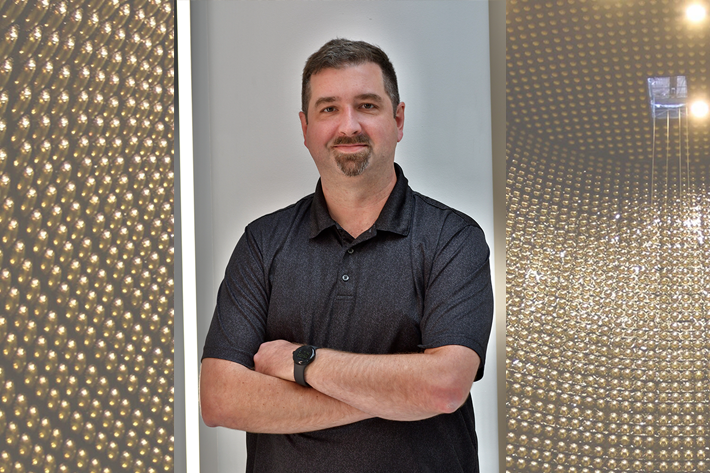Events
Events Calendar
Colloquium: Senthil Todadri, MIT
Thursday, Sept. 8, 2022, 3:35 p.m. through Thursday, Sept. 8, 2022, 4:35 p.m.
B50 Tate Hall
Abstract: Electrons in a conventional metal are described by Landau's celebrated theory of Fermi liquids. In the last few decades, a growing number of metals have been discovered that defy a description in terms of Fermi liquid theory. Prominently, such `strange metals' appear as parent phases out of which phenomena such as high temperature superconductivity develop. However, their theoretical understanding has mostly remained mysterious. In this talk, I will discuss, in great generality, some properties of `strange metals' in an ideal clean system. I will discuss general constraints on the emergent low energy symmetries of any such strange metal. I will show how these model-independent considerations lead to concrete experimental predictions about a class of strange metals. Time permitting, I will discuss the utility of a focus on the emergent symmetries to reliably extract some physical properties of certain models of strange metals.
Physics Force at the State Fair
Thursday, Aug. 25, 2022, 10:15 a.m. through Thursday, Aug. 25, 2022, 3:15 p.m.
Dan Patch Park and Stage, Minnesota State Fairgrounds
The Physics Force will perform two public shows at the Dan Patch Park and Stage during STEM DAY at the State Fair. The shows are at 10:15 a.m. and 2:15 p.m. The shows last roughly one hour and are appropriate for all ages.
Universe in the Park: Gooseberry Falls State Park
Saturday, Aug. 13, 2022, 8:45 p.m. through Saturday, Aug. 13, 2022, 11 p.m.
Gooseberry Falls State Park
Universe in the Park is hosted by the Minnesota Institute for Astrophysics and area state and local parks.
Representatives of the Institute will present a short (~20 min) outdoor public talk and slide show. Presentations cover a variety of astronomical topics such as: the history of matter, how astronomers "see," and a journey through our solar system. For the 2022 season, talks will be outdoors to ensure they are as safe as possible.
Afterwards, if weather allows, attendees have the opportunity to view the sky through multiple 8-inch reflecting telescopes, operated by the staff and provided by the Minnesota Institute for Astrophysics. Additionally, free star maps (e.g., www.skymaps.com) and instructions are provided. Throughout the evening, audience members are encouraged to ask questions and discuss topics ranging from backyard astronomy to the latest scientific discoveries.
Although a vehicle permit is usually required to enter the parks, the events are free to the public. More about Gooseberry Falls State Park, here.
Universe in the Park: Tettegouche State Park
Friday, Aug. 12, 2022, 8:45 p.m. through Friday, Aug. 12, 2022, 11 p.m.
Tettegouche State Park
Universe in the Park is hosted by the Minnesota Institute for Astrophysics and area state and local parks.
Representatives of the Institute will present a short (~20 min) outdoor public talk and slide show. Presentations cover a variety of astronomical topics such as: the history of matter, how astronomers "see," and a journey through our solar system. For the 2022 season, talks will be outdoors to ensure they are as safe as possible.
Afterwards, if weather allows, attendees have the opportunity to view the sky through multiple 8-inch reflecting telescopes, operated by the staff and provided by the Minnesota Institute for Astrophysics. Additionally, free star maps (e.g., www.skymaps.com) and instructions are provided. Throughout the evening, audience members are encouraged to ask questions and discuss topics ranging from backyard astronomy to the latest scientific discoveries.
Although a vehicle permit is usually required to enter the parks, the events are free to the public. More about Tettegouche State Park, here.
Universe in the Park: William O'Brien State Park
Friday, Aug. 5, 2022, 8:45 p.m. through Friday, Aug. 5, 2022, 11 p.m.
William O'Brien State Park
Universe in the Park is hosted by the Minnesota Institute for Astrophysics and area state and local parks.
Representatives of the Institute will present a short (~20 min) outdoor public talk and slide show. Presentations cover a variety of astronomical topics such as: the history of matter, how astronomers "see," and a journey through our solar system. For the 2022 season, talks will be outdoors to ensure they are as safe as possible.
Afterwards, if weather allows, attendees have the opportunity to view the sky through multiple 8-inch reflecting telescopes, operated by the staff and provided by the Minnesota Institute for Astrophysics. Additionally, free star maps (e.g., www.skymaps.com) and instructions are provided. Throughout the evening, audience members are encouraged to ask questions and discuss topics ranging from backyard astronomy to the latest scientific discoveries.
Although a vehicle permit is usually required to enter the parks, the events are free to the public. More about William O'Brien State Park, here.
Universe in the Park: Eastman Nature Center
Saturday, July 30, 2022, 8:45 p.m. through Saturday, July 30, 2022, 11 p.m.
Eastman Nature Center
Universe in the Park is hosted by the Minnesota Institute for Astrophysics and area state and local parks.
Representatives of the Institute will present a short (~20 min) outdoor public talk and slide show. Presentations cover a variety of astronomical topics such as: the history of matter, how astronomers "see," and a journey through our solar system. For the 2022 season, talks will be outdoors to ensure they are as safe as possible.
Afterwards, if weather allows, attendees have the opportunity to view the sky through multiple 8-inch reflecting telescopes, operated by the staff and provided by the Minnesota Institute for Astrophysics. Additionally, free star maps (e.g., www.skymaps.com) and instructions are provided. Throughout the evening, audience members are encouraged to ask questions and discuss topics ranging from backyard astronomy to the latest scientific discoveries.
Although a vehicle permit is usually required to enter the parks, the events are free to the public. More about Eastman Nature Center, here.
Universe in the Park: Dodge Nature Center
Friday, July 29, 2022, 8:45 p.m. through Friday, July 29, 2022, 11 p.m.
Dodge Nature Center, Cottage Grove
Universe in the Park is hosted by the Minnesota Institute for Astrophysics and area state and local parks.
Representatives of the Institute will present a short (~20 min) outdoor public talk and slide show. Presentations cover a variety of astronomical topics such as: the history of matter, how astronomers "see," and a journey through our solar system. For the 2022 season, talks will be outdoors to ensure they are as safe as possible.
Afterwards, if weather allows, attendees have the opportunity to view the sky through multiple 8-inch reflecting telescopes, operated by the staff and provided by the Minnesota Institute for Astrophysics. Additionally, free star maps (e.g., www.skymaps.com) and instructions are provided. Throughout the evening, audience members are encouraged to ask questions and discuss topics ranging from backyard astronomy to the latest scientific discoveries.
Although a vehicle permit is usually required to enter the parks, the events are free to the public. More about Dodge Nature Center in Cottage Grove, here.
Universe in the Park: Nerstrand Big Woods State Park
Saturday, July 23, 2022, 8:45 p.m. through Saturday, July 23, 2022, 11 p.m.
Nerstrand Big Woods State Park
Universe in the Park is hosted by the Minnesota Institute for Astrophysics and area state and local parks.
Representatives of the Institute will present a short (~20 min) outdoor public talk and slide show. Presentations cover a variety of astronomical topics such as: the history of matter, how astronomers "see," and a journey through our solar system. For the 2022 season, talks will be outdoors to ensure they are as safe as possible.
Afterwards, if weather allows, attendees have the opportunity to view the sky through multiple 8-inch reflecting telescopes, operated by the staff and provided by the Minnesota Institute for Astrophysics. Additionally, free star maps (e.g., www.skymaps.com) and instructions are provided. Throughout the evening, audience members are encouraged to ask questions and discuss topics ranging from backyard astronomy to the latest scientific discoveries.
Although a vehicle permit is usually required to enter the parks, the events are free to the public. More about Nerstrand Big Woods State Park, here.
Universe in the Park: Afton State Park
Friday, July 22, 2022, 8:45 p.m. through Friday, July 22, 2022, 11 p.m.
Afton State Park
Universe in the Park is hosted by the Minnesota Institute for Astrophysics and area state and local parks.
Representatives of the Institute will present a short (~20 min) outdoor public talk and slide show. Presentations cover a variety of astronomical topics such as: the history of matter, how astronomers "see," and a journey through our solar system. For the 2022 season, talks will be outdoors to ensure they are as safe as possible.
Afterwards, if weather allows, attendees have the opportunity to view the sky through multiple 8-inch reflecting telescopes, operated by the staff and provided by the Minnesota Institute for Astrophysics. Additionally, free star maps (e.g., www.skymaps.com) and instructions are provided. Throughout the evening, audience members are encouraged to ask questions and discuss topics ranging from backyard astronomy to the latest scientific discoveries.
Although a vehicle permit is usually required to enter the parks, the events are free to the public. More about Afton State Park, here.
Universe in the Park: Eastman Nature Center
Saturday, July 16, 2022, 8:45 p.m. through Saturday, July 16, 2022, 11 p.m.
Eastman Nature Center
Universe in the Park is hosted by the Minnesota Institute for Astrophysics and area state and local parks.
Representatives of the Institute will present a short (~20 min) outdoor public talk and slide show. Presentations cover a variety of astronomical topics such as: the history of matter, how astronomers "see," and a journey through our solar system. For the 2022 season, talks will be outdoors to ensure they are as safe as possible.
Afterwards, if weather allows, attendees have the opportunity to view the sky through multiple 8-inch reflecting telescopes, operated by the staff and provided by the Minnesota Institute for Astrophysics. Additionally, free star maps (e.g., www.skymaps.com) and instructions are provided. Throughout the evening, audience members are encouraged to ask questions and discuss topics ranging from backyard astronomy to the latest scientific discoveries.
Although a vehicle permit is usually required to enter the parks, the events are free to the public. More about Eastman Nature Center, here.
School News
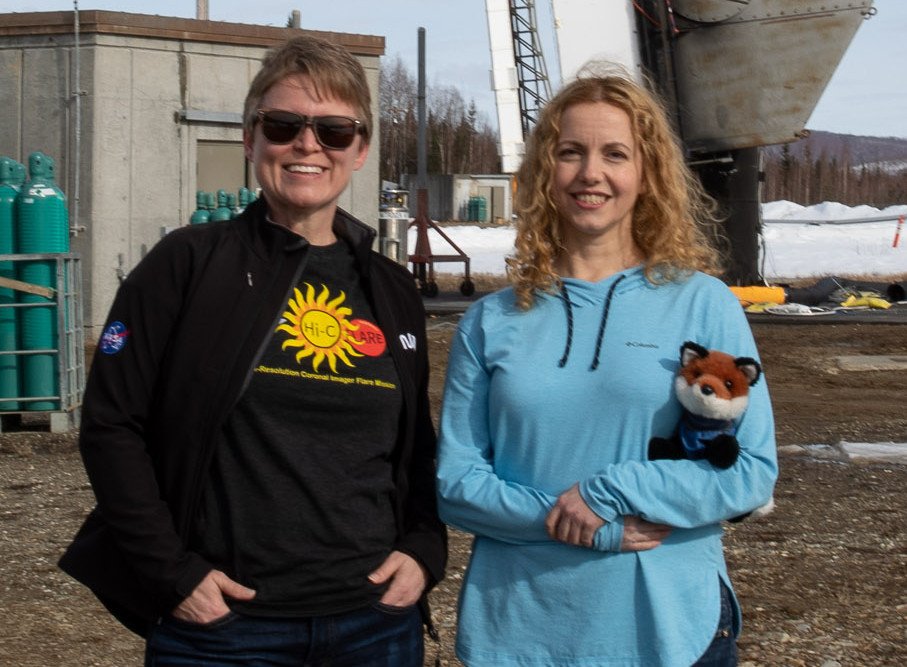
Glesener part of NASA's first solar flare observation campaign
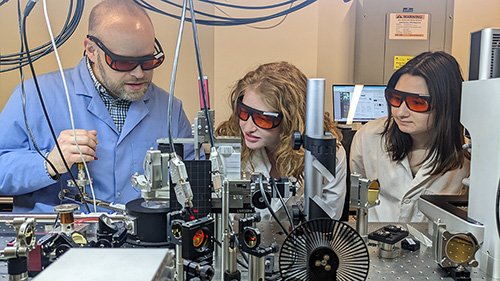
Inside Professor McLeod’s Nano-Imaging Laboratory
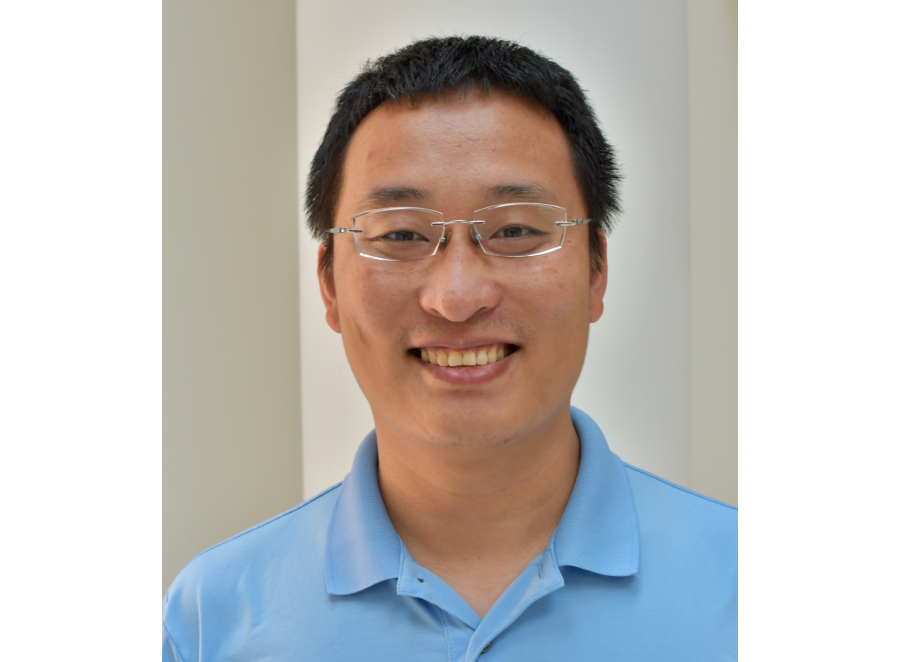
Liu receives prestigious Sloan Research Fellowship for early-career researchers
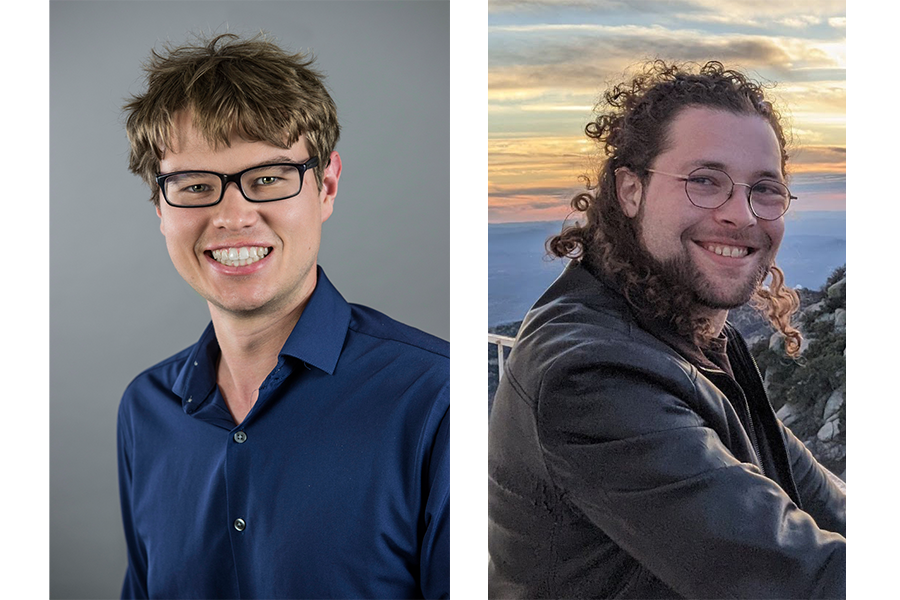
Coughlin and Criswell part of comprehensive UV light survey
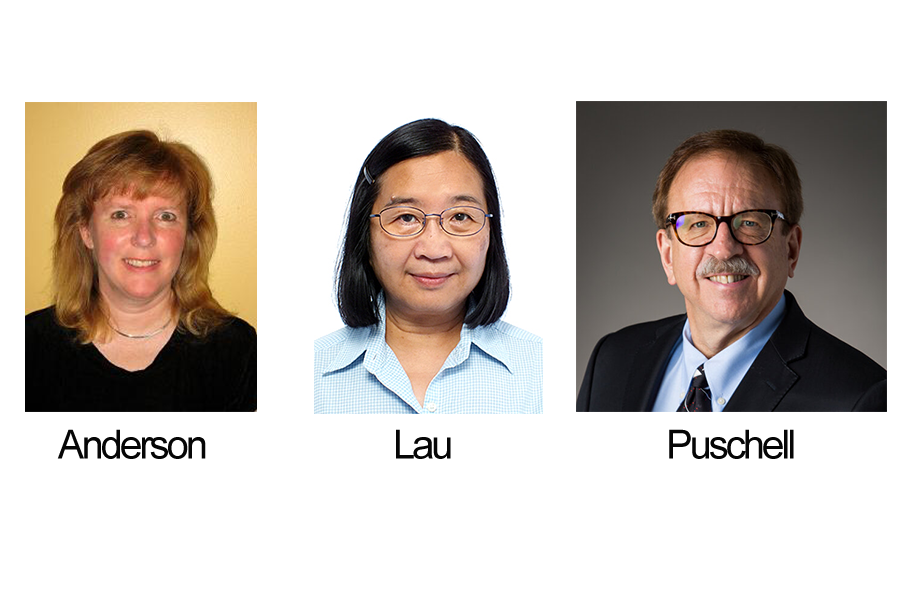
Three School Alumni elected to National Academy of Engineering
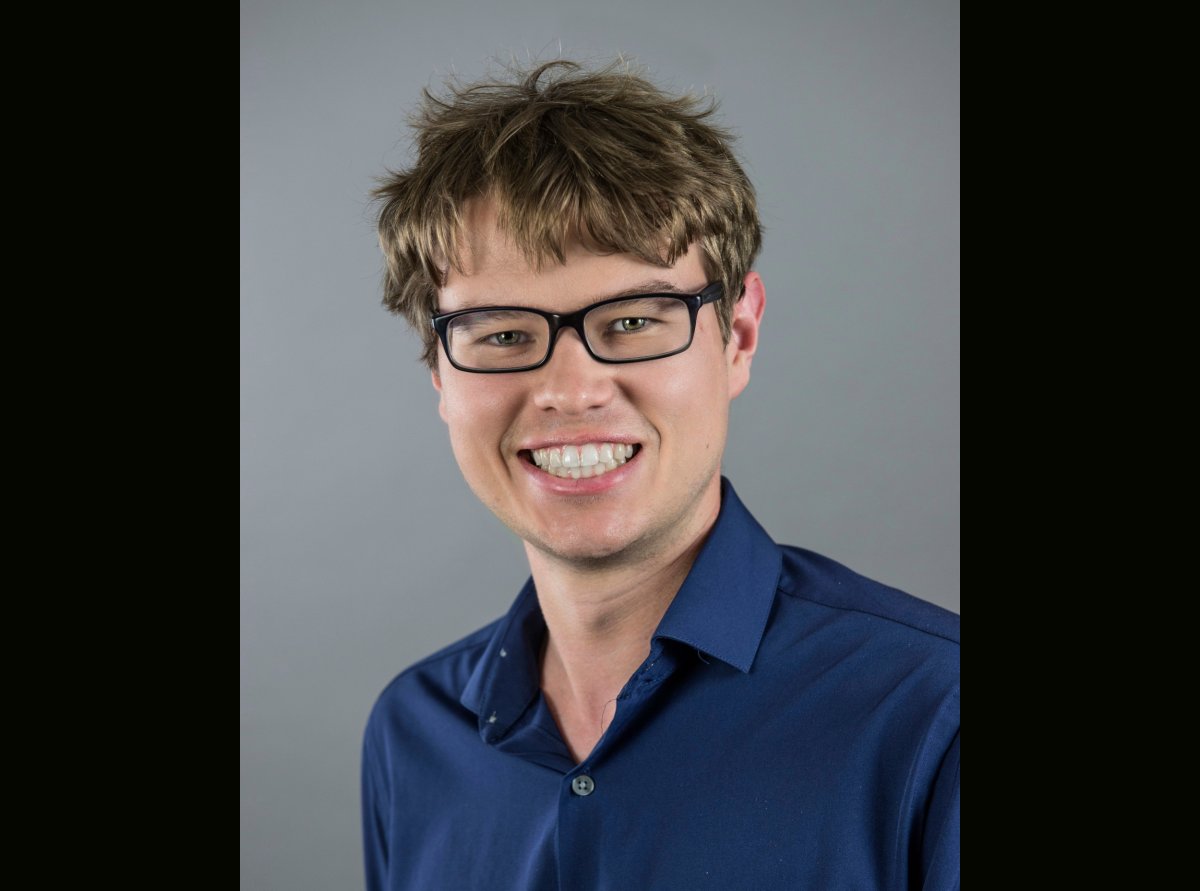
Coughlin receives McKnight Professorship

Humphreys Awarded Medal from Royal Astronomical Society

John Broadhurst, 1935 - 2023
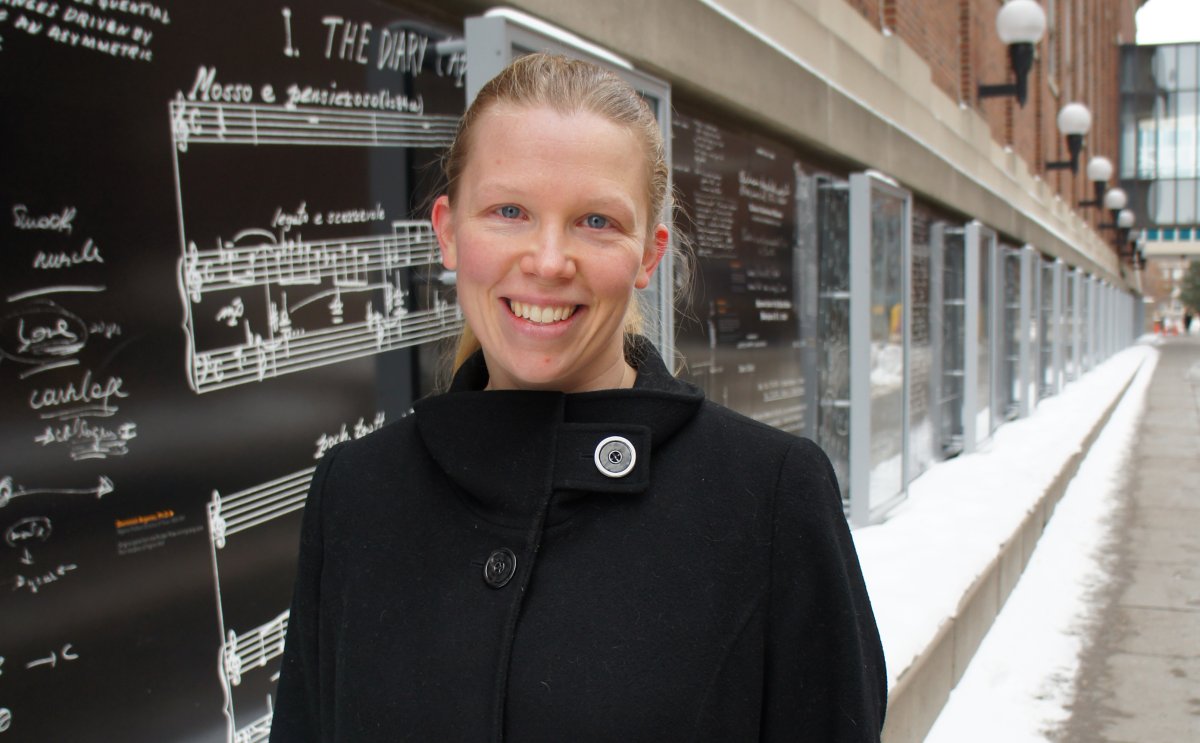
Burnell elected APS Fellow
